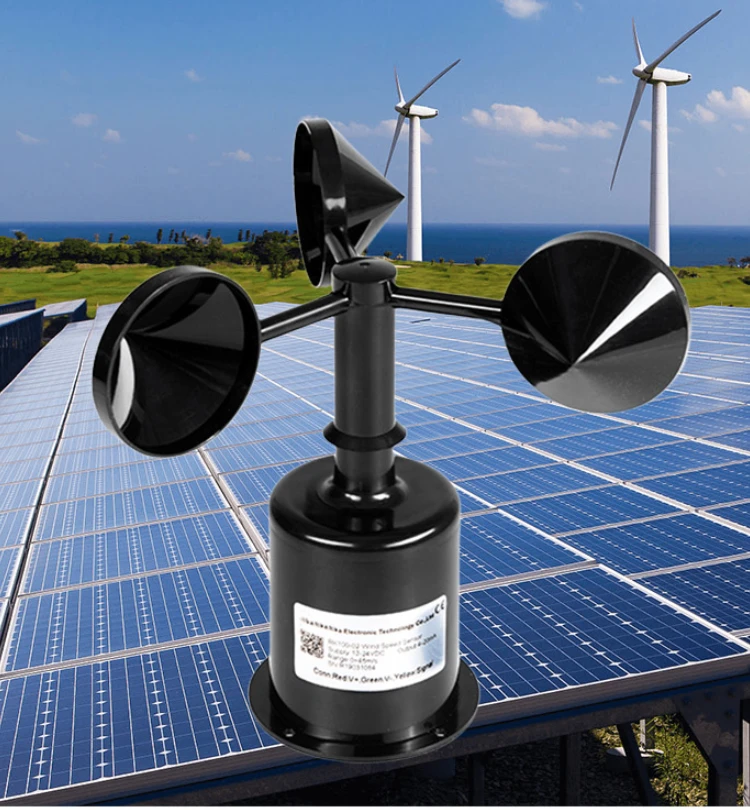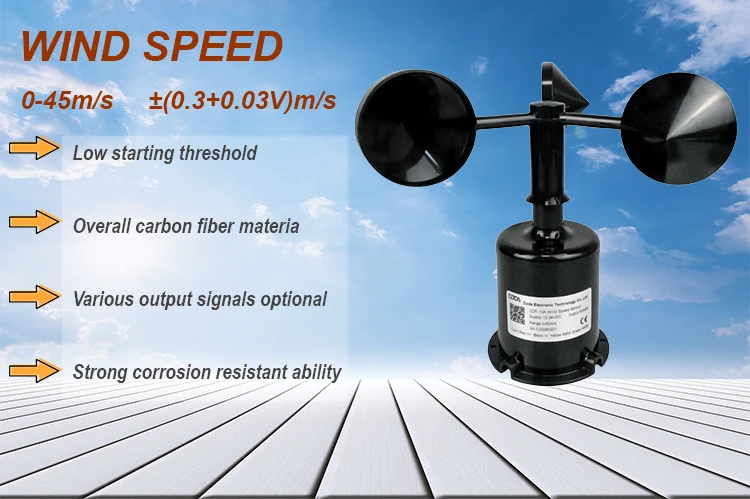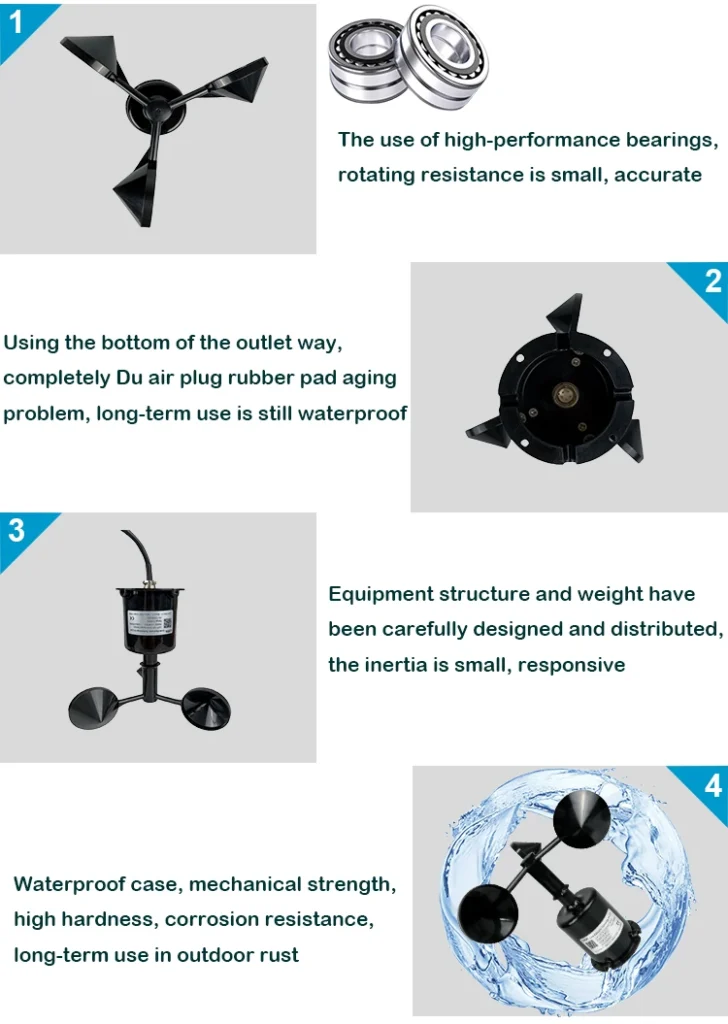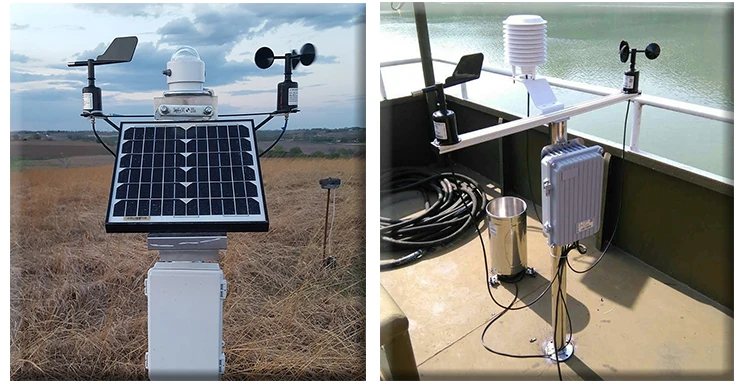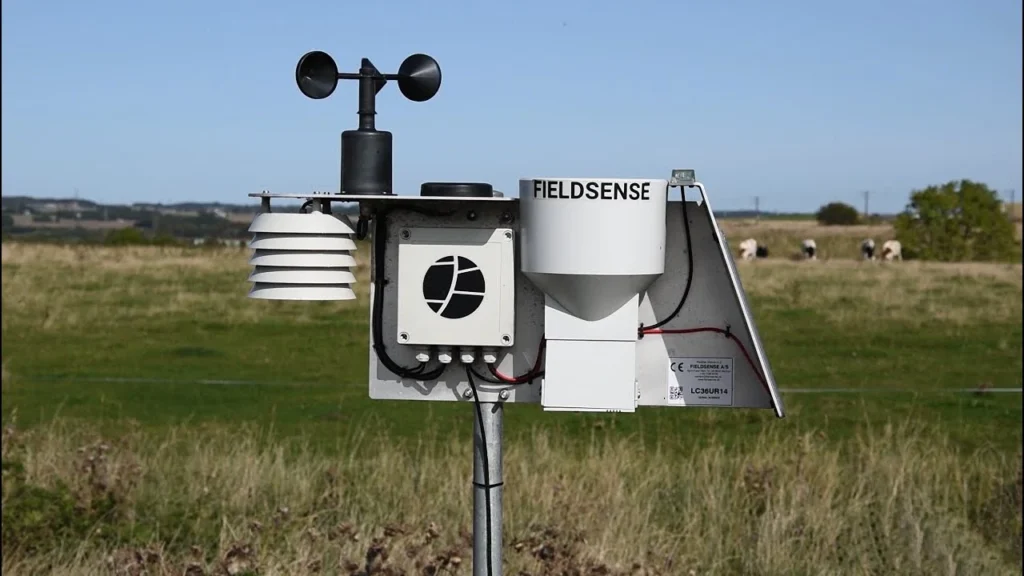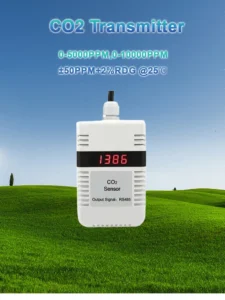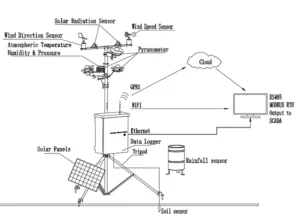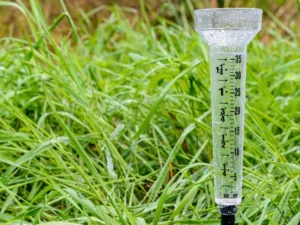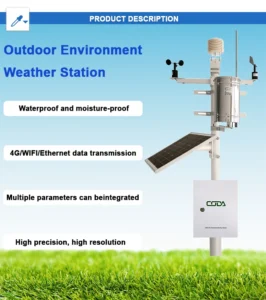Anemometer wind meter: Application, Function and Value
An anemometer wind meter is an important tool used to measure wind speed. It is often used in weather forecasting, protecting the environment, and in aviation.
This article will talk about how anemometers are used, what they do, and why they are important. Let’s look at the uses of anemometers.
First, let’s look at where an anemometer is used.
Meteorological monitoring: An anemometer is key for tracking the weather. At weather stations, anemometers check how fast the wind blows and which way it goes. This information helps weather experts predict weather patterns.
People often use anemometers to check the environment. They are used in cities and industrial areas. Anemometers help track the spread of air pollutants. They also check air quality and pollution levels.
In aerospace, engineers use anemometers to measure how fast air moves and its direction around a vehicle. This helps pilots and flight control systems steer the aircraft. Better steering makes flights safer and more stable.
Energy use: In wind farms, anemometers check wind speed and direction. This helps us understand how well the wind turbines work. It also helps us plan energy use and save on costs.
Anemometers are tools used in science. They provide important data for studies on air movement and climate change.
Second, an anemometer is used to measure wind speed. Anemometers are valuable tools in many fields.
Anemometers give real-time data on wind speed and direction. This helps users understand the weather quickly. People can use this information for forecasts, air quality alerts, energy planning, and more.
Anemometers provide data that helps decision makers make better choices. In environmental monitoring, an anemometer is used to measure wind direction. If it detects a change, it can alert the environmental protection department. This helps them start pollution control measures on time.
Improved safety: In aerospace, anemometers help pilots and flight control systems steer their aircraft better. By measuring wind speed and direction, we can understand the airflow around the vehicle. This knowledge helps to improve flight safety.
Anemometers are useful for scientific research because they give important data. They track wind speed and direction over time. This information helps us understand natural events, such as climate change, and how air pollution spreads.
Optimizing energy use: In wind farms, anemometers check how fast the wind blows and which way it goes. This helps wind turbines work better. It also improves how power is sent out.
This cuts energy costs and lessens the need for fossil fuels. This helps support sustainable development.
conclusion
In summary, anemometers are important tools that help us measure wind speed. They are valuable in many fields. The data from anemometers helps us understand the environment better.
It also makes things safer. It helps with scientific research and uses energy more efficiently. As science and technology improve, people think anemometers will be used more. Their importance will keep growing in the future.
